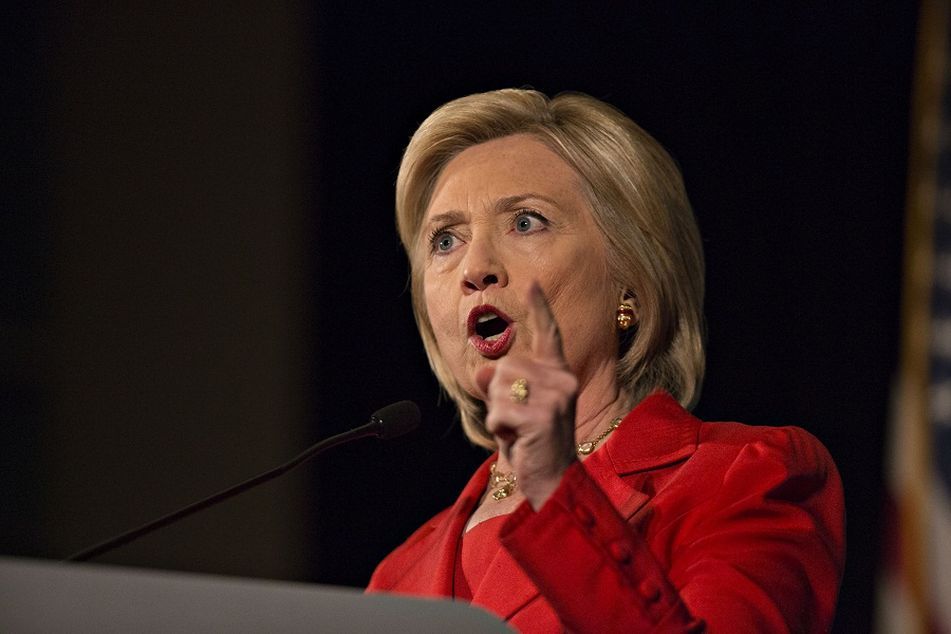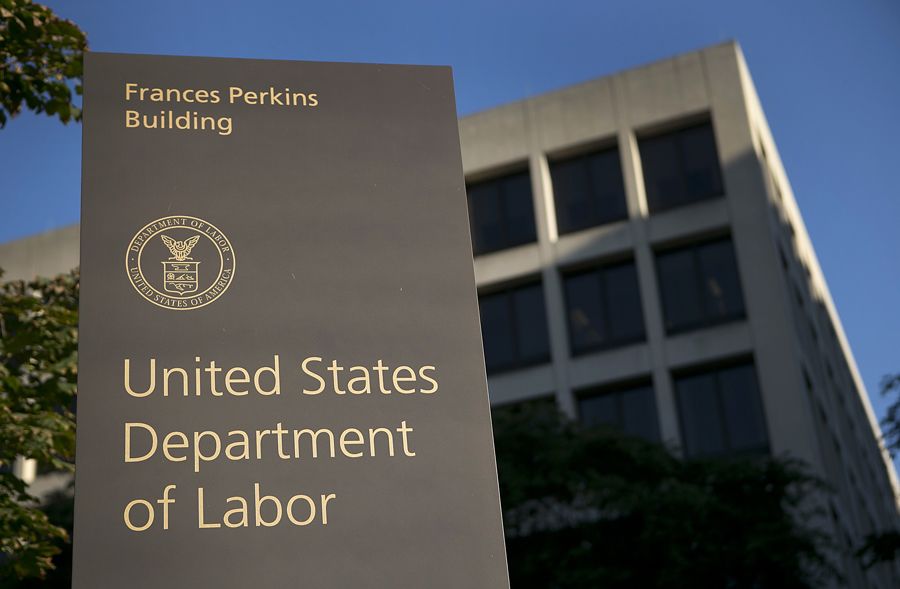Hillary Clinton proposes free public in-state tuition for students whose families make less than $125,000

Hillary Clinton is changing her college-affordability plan in an effort to reach Bernie Sanders supporters, proposing the elimination…
Hillary Clinton is changing her college-affordability plan in an effort to reach Bernie Sanders supporters, proposing the elimination of public in-state tuition for students whose families make less than $125,000.
Ms. Clinton’s move toward Mr. Sanders’ proposal — tuition-free college at public institutions — comes as she seeks to consolidate the Vermont senator’s backers in her campaign for the White House against Republican Donald Trump.
Mr. Clinton would also impose a three-month moratorium on federal student loan payments and endorse reinstating year-round access to Pell Grants, her campaign said in a statement Wednesday.
Her proposals follow a meeting with Sanders last month in Washington, where a Clinton aide said they discussed how to prioritize college-affordability issues, a key interest of young voters, during the general election. Ms. Clinton had just secured the nomination, but Mr. Sanders had vowed to press on to the Democratic National Convention that starts July 25.
The plan won Mr. Sanders’ praise on Wednesday, though he stopped short of endorsing Ms. Clinton’s candidacy overall. “I thank Secretary Clinton for introducing this proposal,” Mr. Sanders said, calling it a “very bold initiative” that combines principles they each campaigned for during the primary race.
“We are working with Secretary Clinton on some initiatives,” Mr. Sanders added. “I hope we can reach an agreement on them sooner rather than later.”
Ms. Clinton is campaigning in Atlantic City, New Jersey, on Wednesday as she tries to put behind her the investigation into her private e-mail system that the FBI director said Tuesday led to a recommendation of no charges despite Ms. Clinton and her aides’ carelessness.
Throughout the Democratic primary campaign, Mr. Sanders advocated eliminating tuition at public colleges and universities, something he said could be done at a cost of $75 billion annually, funded by a new Wall Street speculation tax.
Ms. Clinton said the plan was unworkable and that it didn’t make sense for tax dollars to go toward the tuition of students who can afford to pay, often citing Mr. Trump’s children and grandchildren as examples.
When Ms. Clinton announced a $350 billion college-affordability plan in August 2015 that would largely require congressional approval, her campaign said it would be paid for by capping the value of itemized tax deductions for the wealthy. This expanded plan will add more than $100 billion to the cost, a Clinton aide said, according to the Washington Post. The campaign didn’t immediately provide further details on how the expanded plan would be funded.
Her compromise with Mr. Sanders, billed by her campaign as incorporating “a key principle” from Mr. Sanders’ plan, would eliminate in-state tuition for students for whose families earn less than $125,000. It would be phased in over the course of four years, starting with families that earn up to $85,000 and raising the income threshold by $10,000 a year until 2021.
If elected, Ms. Clinton would implement a three-month moratorium on federal student loan payments. The Education Department would use that time to help borrowers learn how to consolidate their loans, sign up for income-based repayment plans, and find ways to reduce their interest payments and fees, the campaign said.
Ms. Clinton would also use the period as an opportunity to crack down on for-profit colleges and loan servicers, the campaign said.
The proposed moratorium may have a “modest impact” on loan servicers Navient Corp. and Nelnet Inc. via slower repayment activity under the Federal Family Education Loan Program, an old federal loan program where lenders originate government-backed debt, Compass Point’s Isaac Boltansky wrote in a note, adding he doesn’t see an impact on Sallie Mae due to its focus on private student loans.
Loan servicers typically earn monthly fees by loan status, and would likely continue to collect money through borrowers’ “in-school” status, even if students aren’t paying under Ms. Clinton’s plan.
Year-round access to Pell Grants was briefly an option in the late 2000s before being eliminated in a 2011 bipartisan budget agreement. The Obama administration earlier this year proposed bringing it back at an estimated cost of $2 billion a year.
Learn more about reprints and licensing for this article.








